5 Ways To Use Wearable Devices In Education
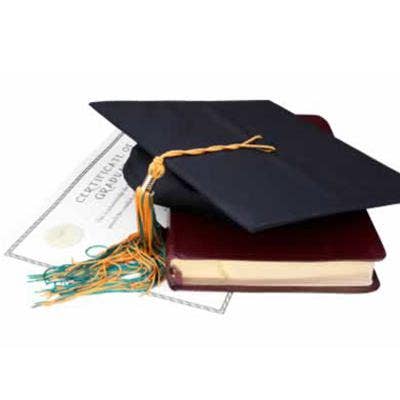
Learning To Love Wearables
As wearable technology gains more and more traction in our everyday lives, from fitness bands to smart watches to Google Glass, it is starting to take hold in the education market as well. Emory Craig, Director of eLearning and Instructional Technology at the College of New Rochelle in New Rochelle, N.Y., said that he sees wearable devices having the potential to change the way teachers interact and present information to their students.
In a presentation at Campus Technology 2014 in Boston, Craig outlines five ways the "avalanche of new devices" might open opportunities in the classroom.
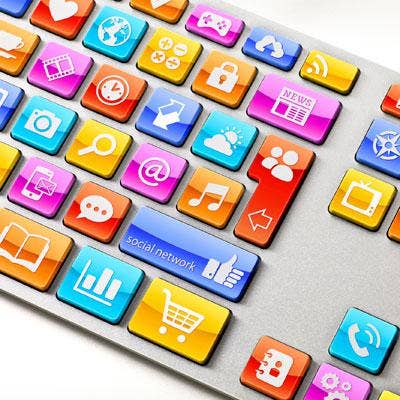
Applications
Between iOS, Android and even Google Glass, there is an increasingly large ecosystem of applications being built around mobile and wearable devices. Apps such as Streetmuseum for iOS, which helps users visualize London streets as they looked throughout history, tie into education as they enable teachers to bring lessons into the real world and make it more applicable to a technology-enabled generation, Craig said. Application development is critical to the success of mobile and wearable devices in both education and beyond, Craig said.
"In the end, that is going to be critical to any of the wearable technology, to the success of wearable technology, just as it is with our phones .. It's really not the device itself, it's all the associated apps that go with it," Craig said.
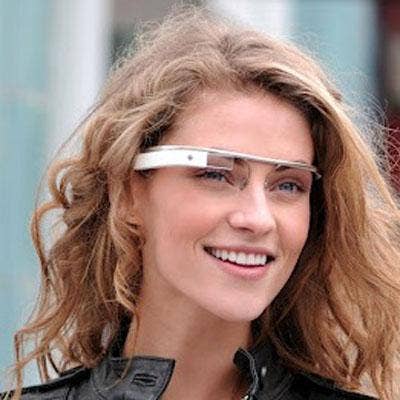
Virtual Field Trips
Using first-person videos through Google Glass and other technology, Craig said that wearables can enable students to go on virtual field trips around the world to enhance their learning and see places they never would have had the chance to see before.
Craig showed examples of how one physics teacher took his students on a virtual field trip to a nuclear reactor in Switzerland and how a sociology professor walked through New York's Times Square, describing the sociological concepts he saw there instead of simply lecturing about them.
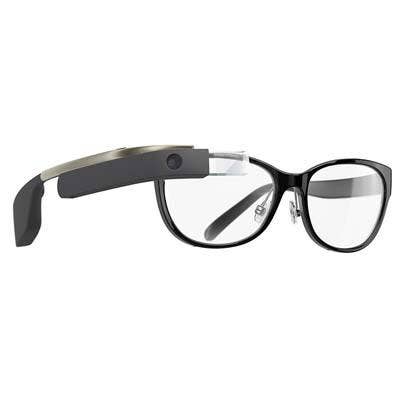
Experiential Learning
Wearable devices, such as virtual reality device Oculus Rift, allow students to experience learning in a whole new way. Craig said that education is moving into a "new era" of experiential learning, where students can live a lesson instead of just reading about it. For example, the Historypin project is a collaborative effort to visualize the past in the present through applications.
"You're going to be able to do that through wearable devices, especially as the battery life gets better," Craig said.
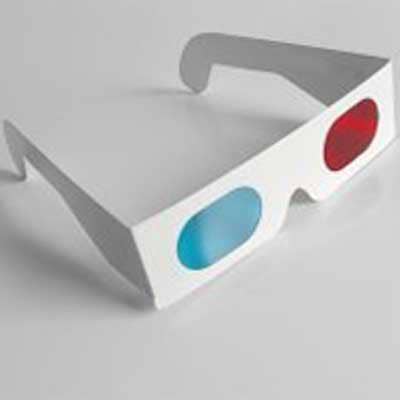
Augmented Reality Scenarios
Augmented reality, such as with anticipated Mega 3-D Glasses, is a way to empower students and make "history come alive for our students in a different way," Craig said. There are also technologies that turn e-books into 3-D learning experiences, popping out illustrations to help students understand.
"I think it's fascinating when you look at that ... and I'm wondering if 10 years from now we'll have an actual physical book that is the basis of a whole visual experience," Craig said. "We don’t really know where this is going to go."

Bring In Outside Experts
Wearable and mobile technology helps people easily connect with one another. For the education market, that means teachers can connect their students with other teachers and experts out in the field.
Technology such as that helps break the institutional lecture and removes the boundaries between the community and the classroom, he said. "There's a whole host of things that are starting to surface now as people are playing with these," Craig said.